Having spent the better part of a day in transit from Central Virginia to Brussels Airport, I was a little anxious about catching the train from the airport to the hotel where I would join Alex. Flemish, however, turns out to be closer to English than I had imagined. A sign that said “Dese trein gang hier,” followed by a list of obvious stops, including the Gare Nord, relieved my worries. If you can speak English, you are going to be OK with Flemish.
Having met up with Alex, deposited my suitcase at the hotel, and freshened up, it was time to explore. We set off at once for the Grand Place, the center of medieval Brussels.
Beer turns out to be the national language of Brussels’ Grand Place, or Grote Markt. The dense warrens of narrow alleys around it lead down into the lower city or up toward the cathedral, the art school and the royal palace.
Photo by Gary Mawyer.
The sense of empire is writ large in the royal palace and the streets below it.
Closeup of the massive abandoned church above, but the trolley wires are in vigorous use.
Photo by Gary Mawyer.
The Brussels cathedral also has treasures and relics which can be viewed in a side chapel for a nominal sum. We found the treasures really interesting on a number of counts. They included vestments from several different centuries, some of the regalia from the tomb of a Hapsburg governor of the Holy Roman Empire period, precious chalices from a variety of epochs, some fragmentary remains of holy personages such as Saint Elizabeth, John the Baptist, and others, and a surprisingly large piece of the True Cross together with its early 13th century reliquary and a larger reliquary built to enclose the whole, along with a bit of the original Crown of Thorns.
Brussels is also a world center of chocolate, and chocolate artisans are much in evidence around the Grand Place. This has to be mentioned--the chocolate is no ordinary thing there, it is a mystique, an intoxication. We stayed busy every waking moment but left without seeing the museums, aware of the churches we had missed and the neighborhoods that needed to be walked--Brussels, to us a city of many mysteries, would repay a very long visit.
From Brussels, we rented a car and headed for Ieper, aka Ypres, leaving the more Francophone region of Belgium and entering Flanders proper, to tour one of the most bitter battlefields of the Great War, which will be the subject of my next blog post.
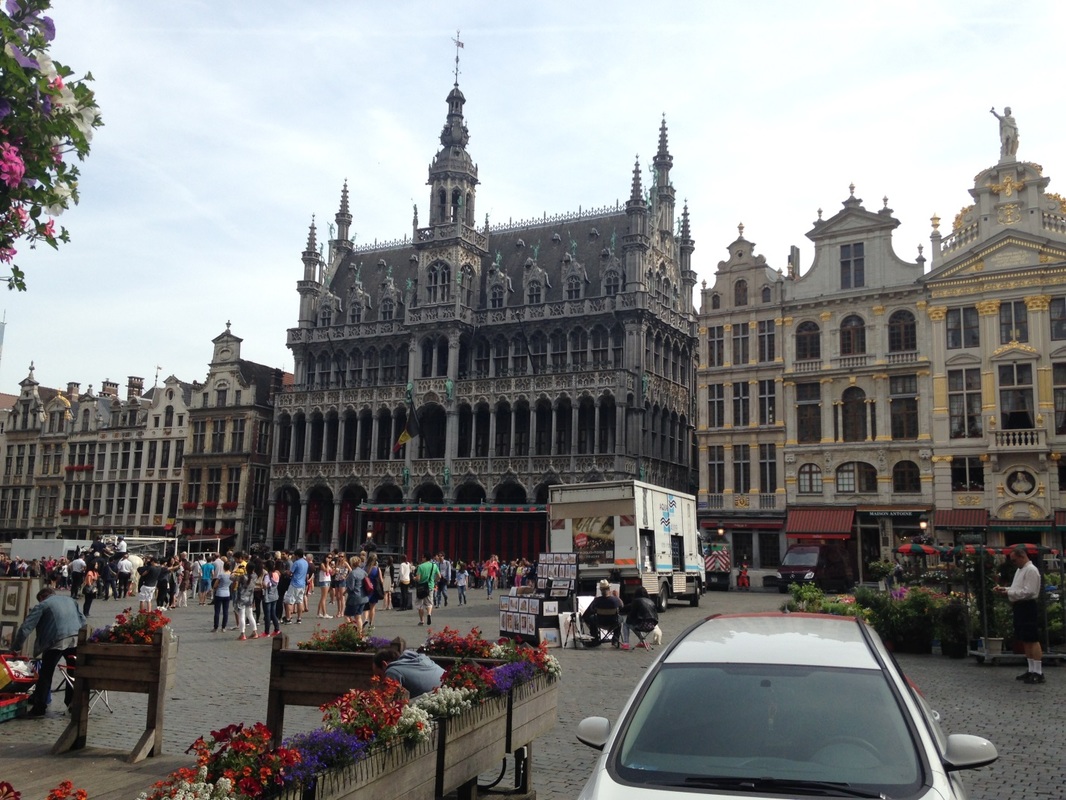
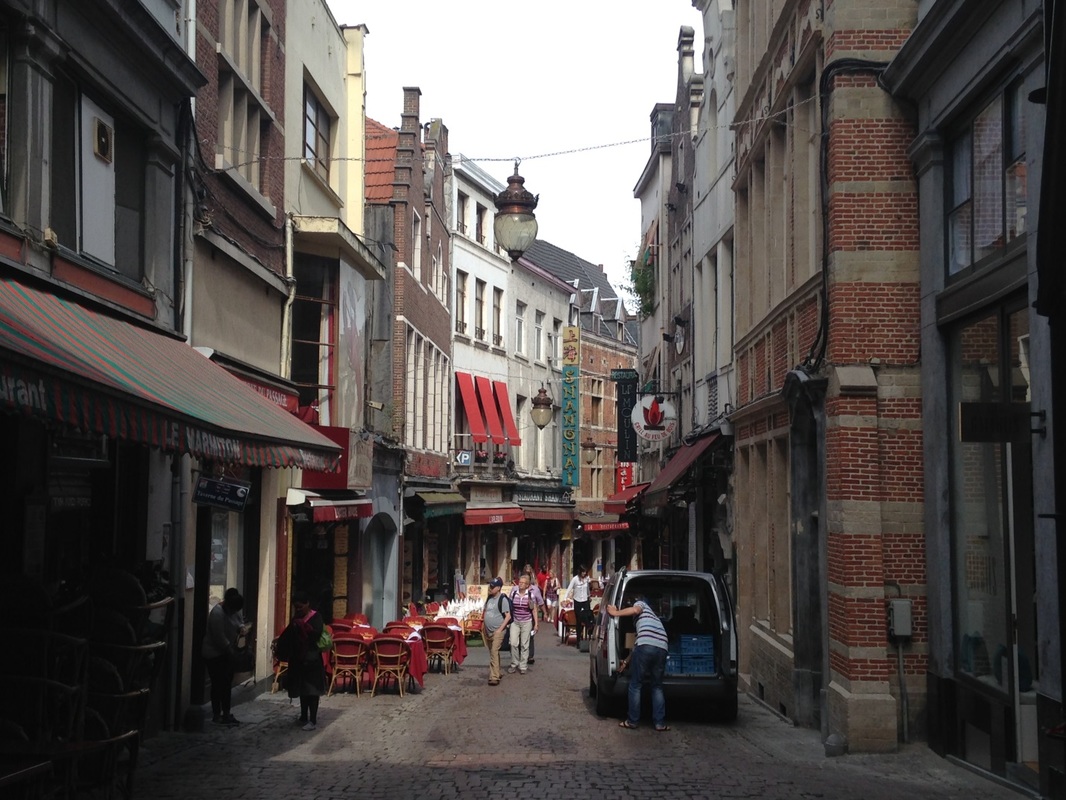
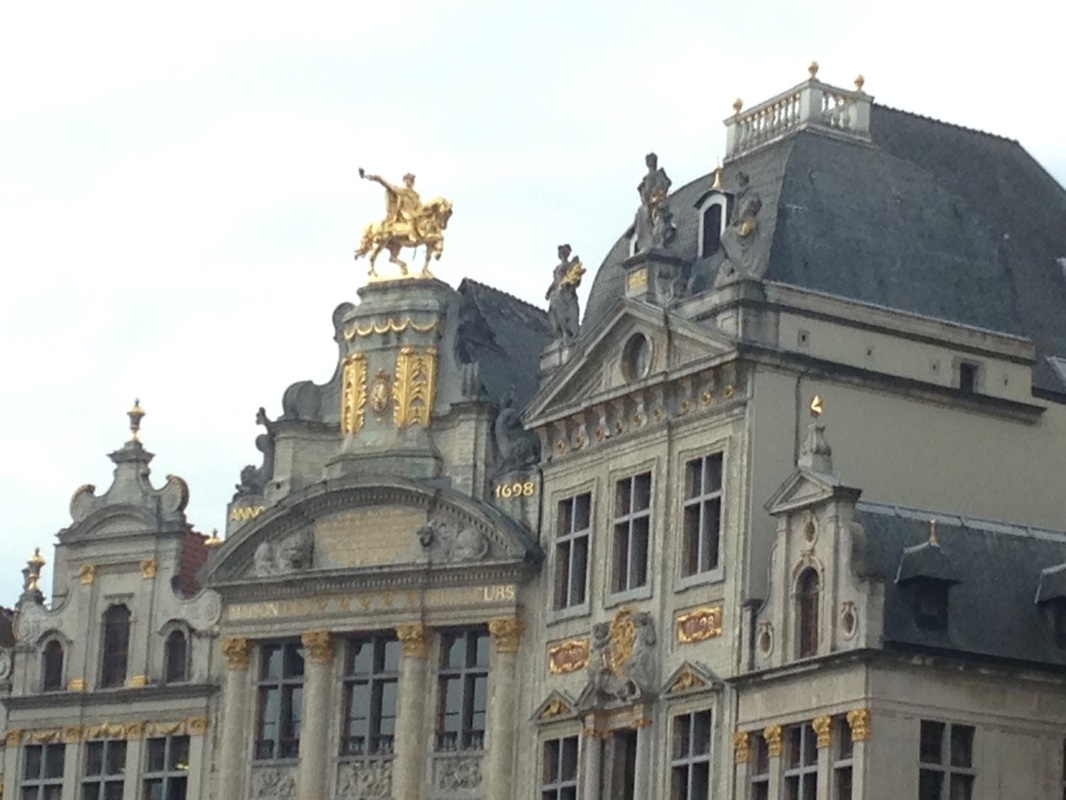
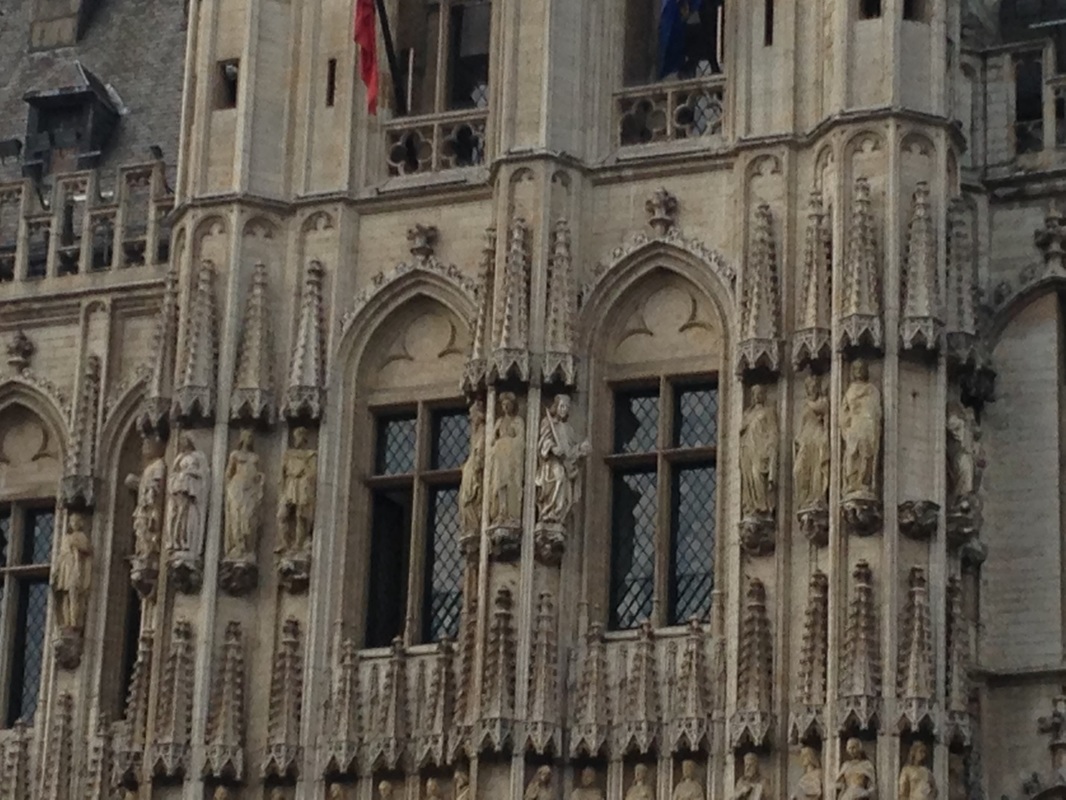
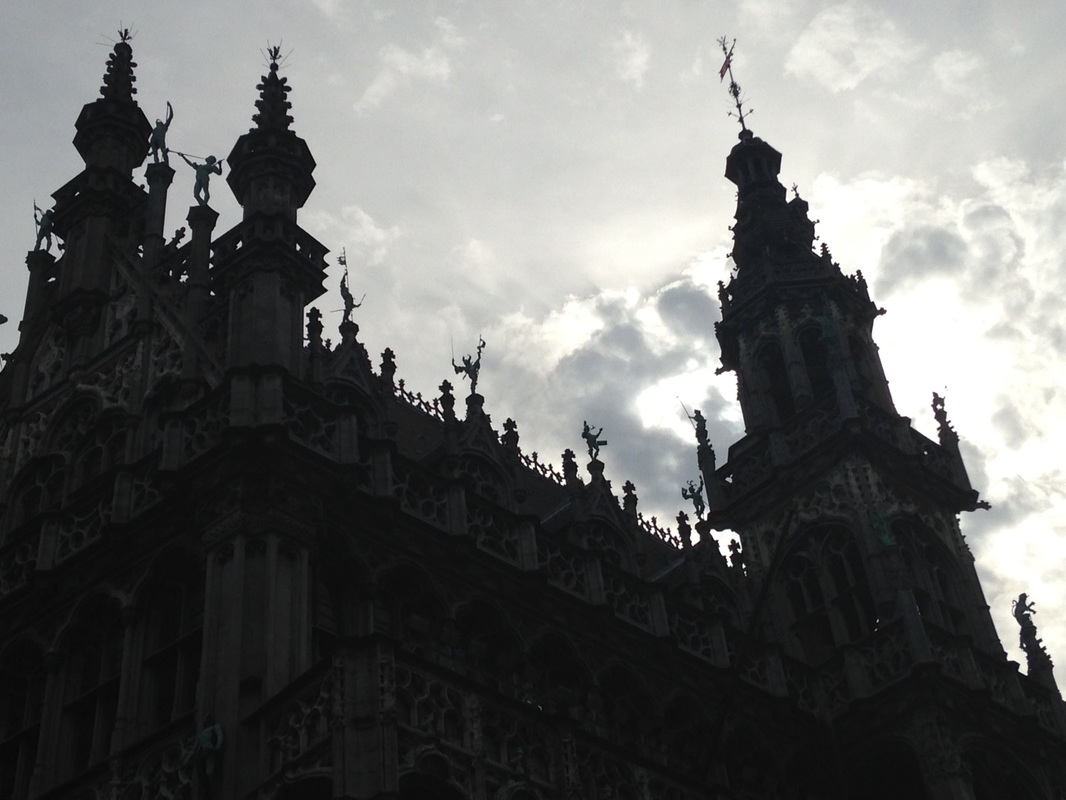
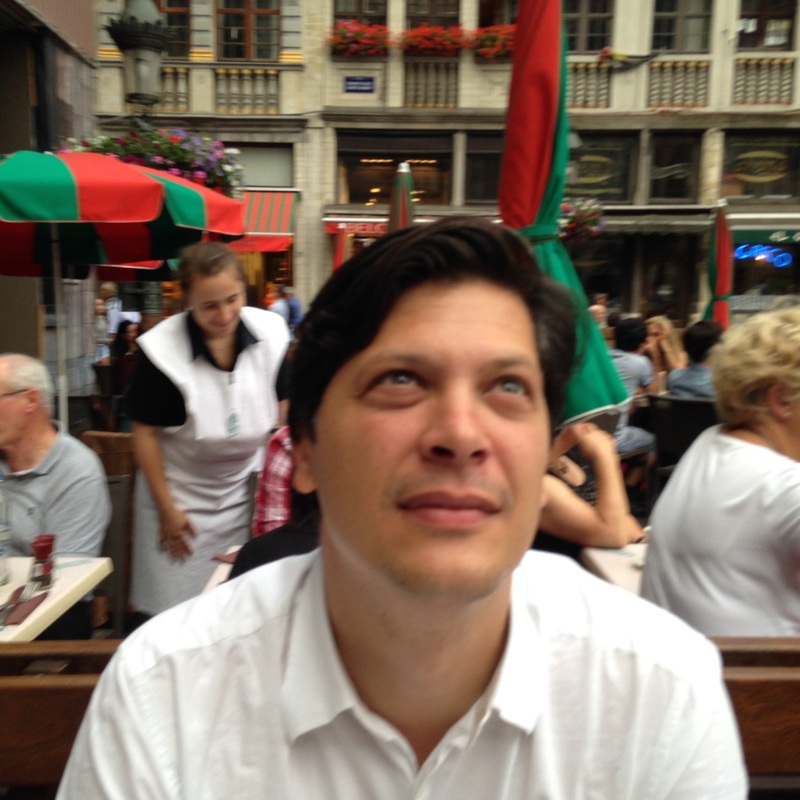
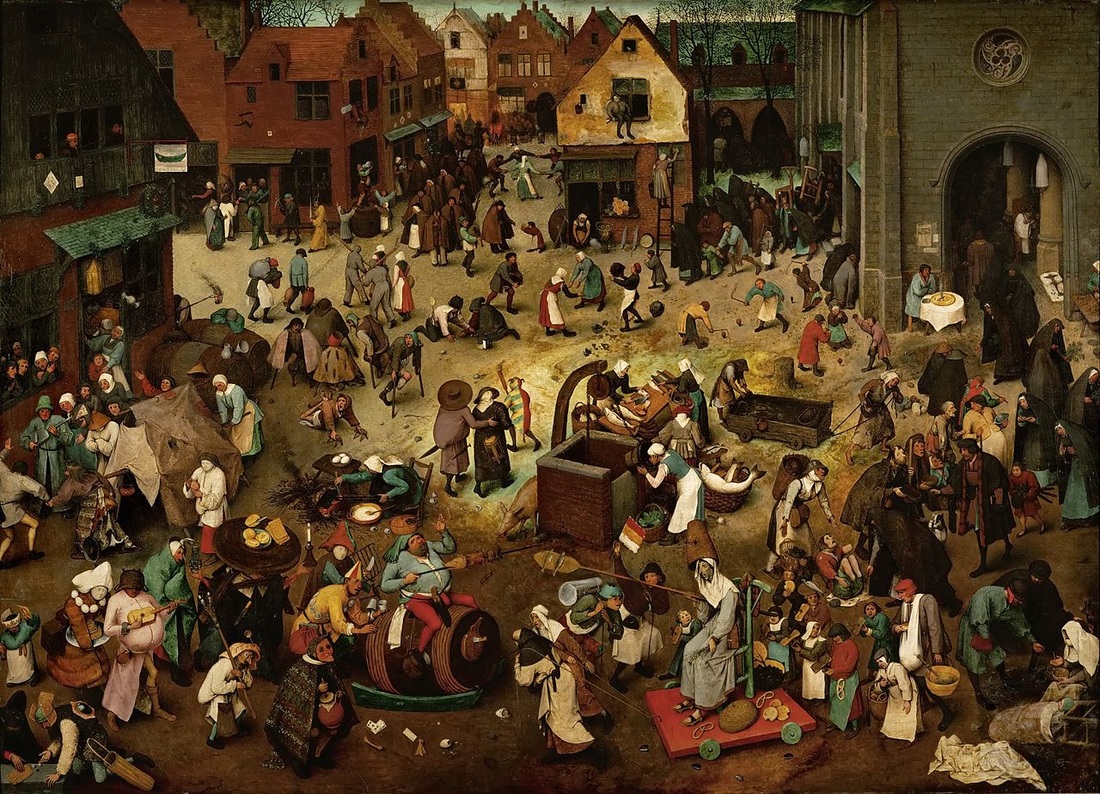
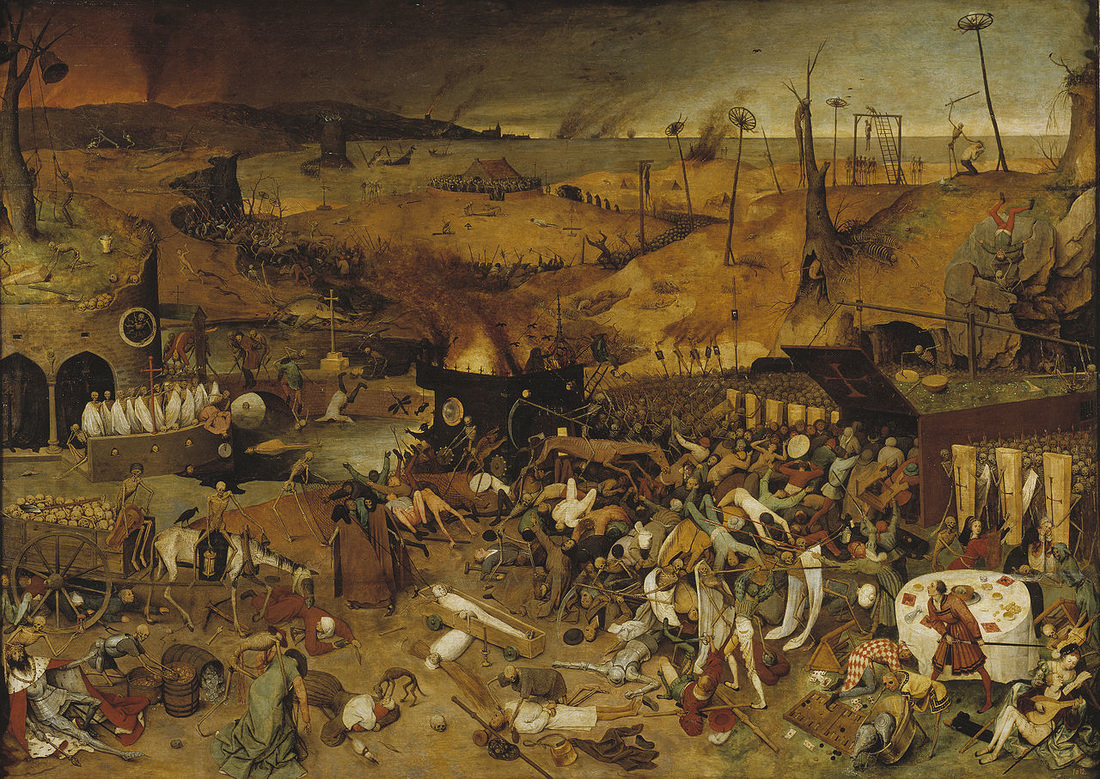
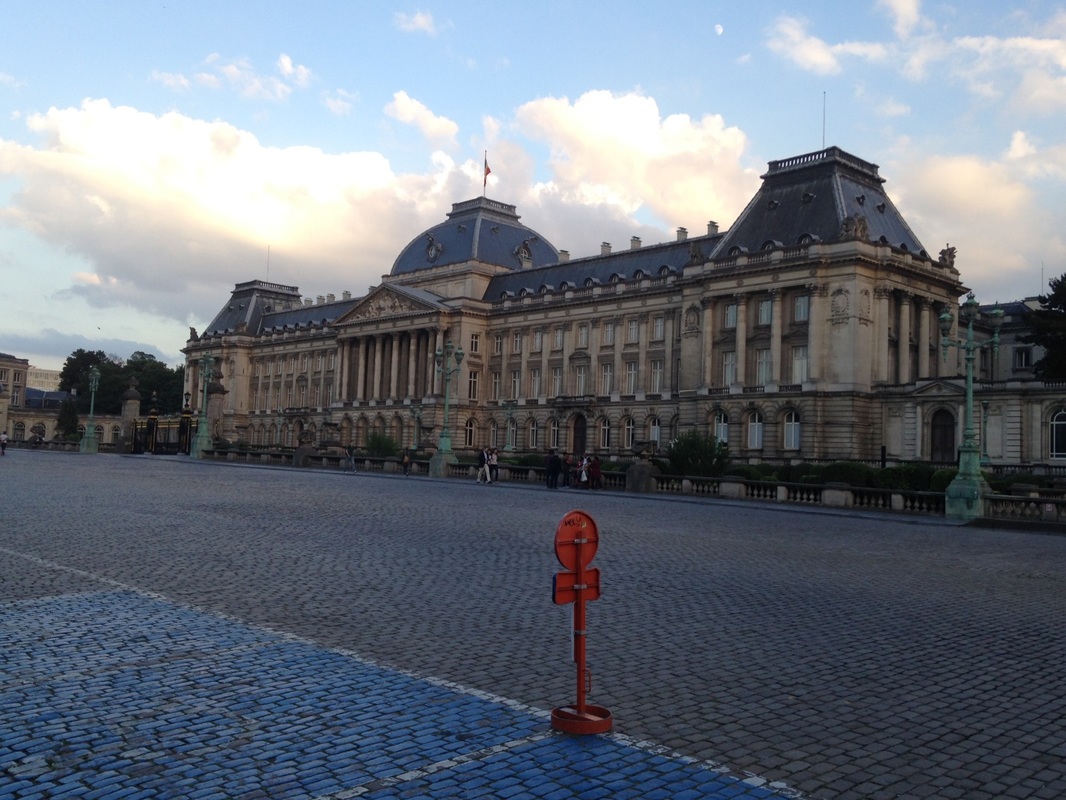
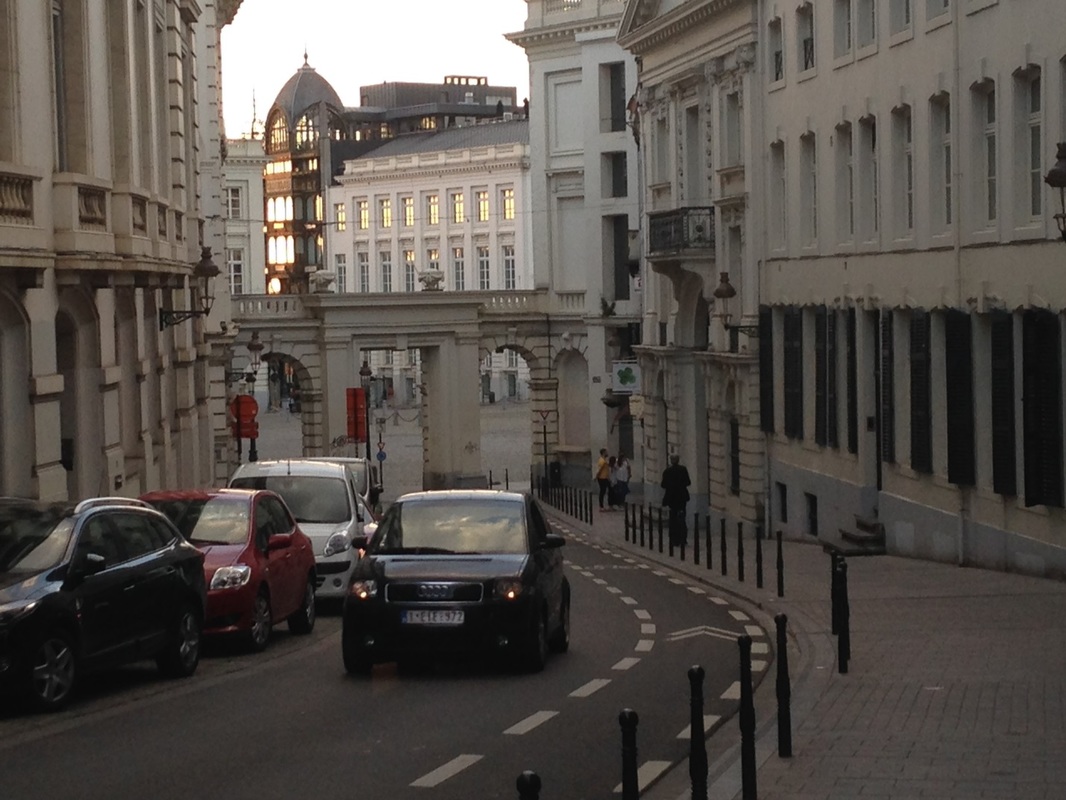
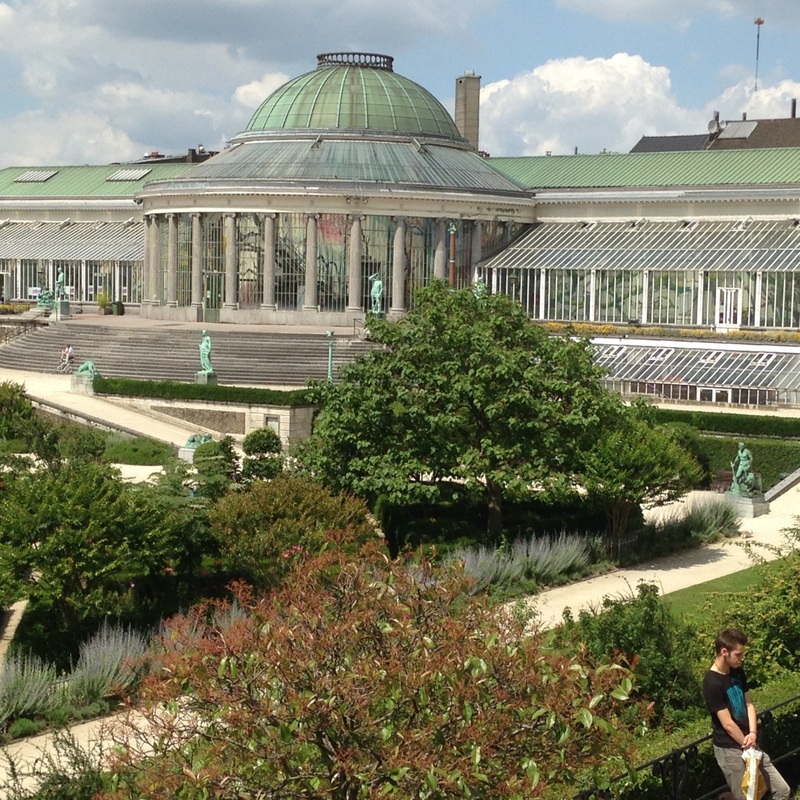
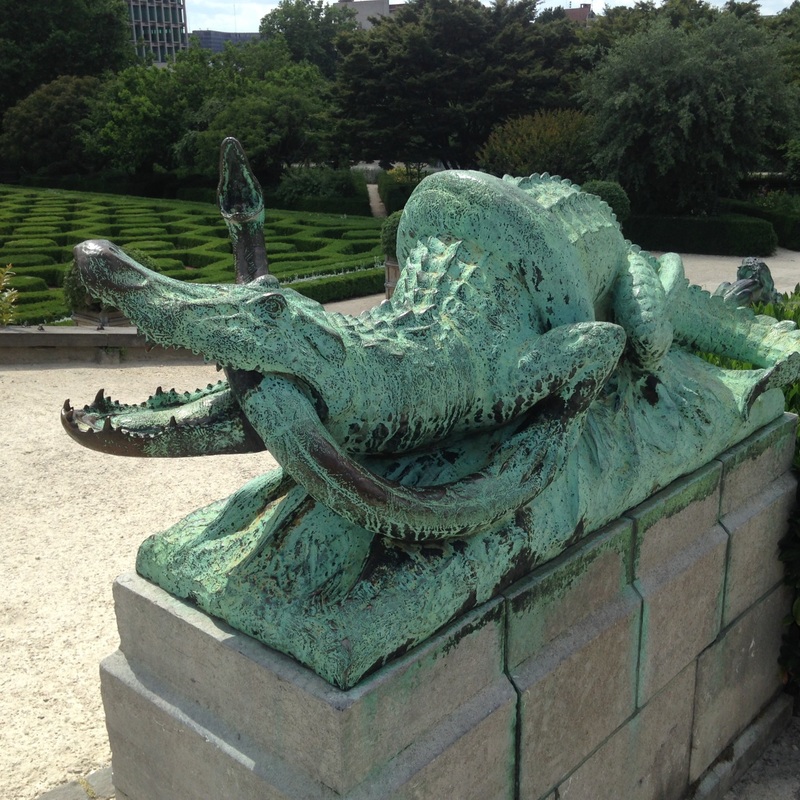
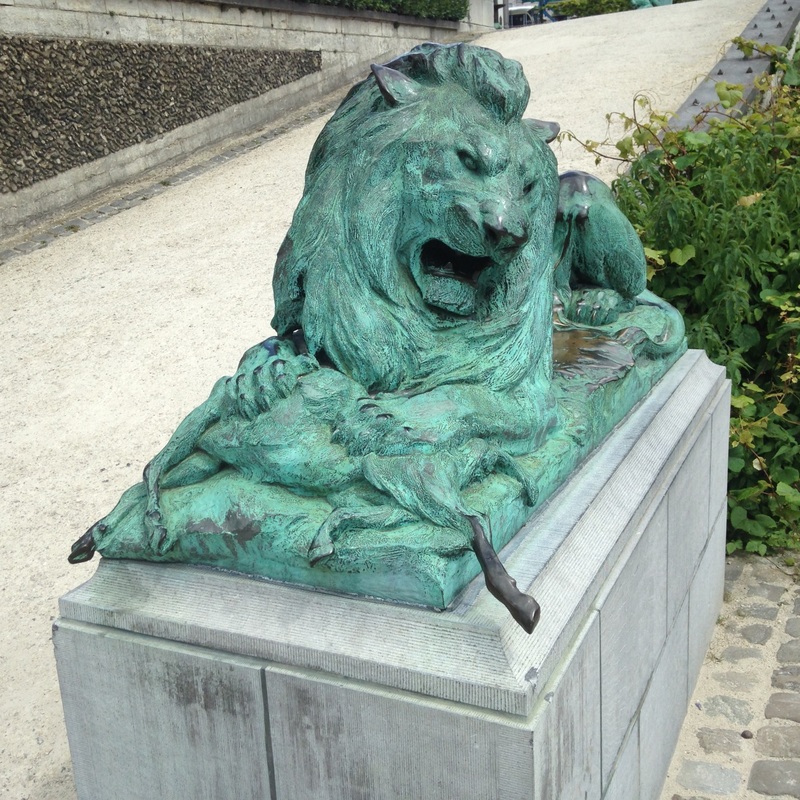
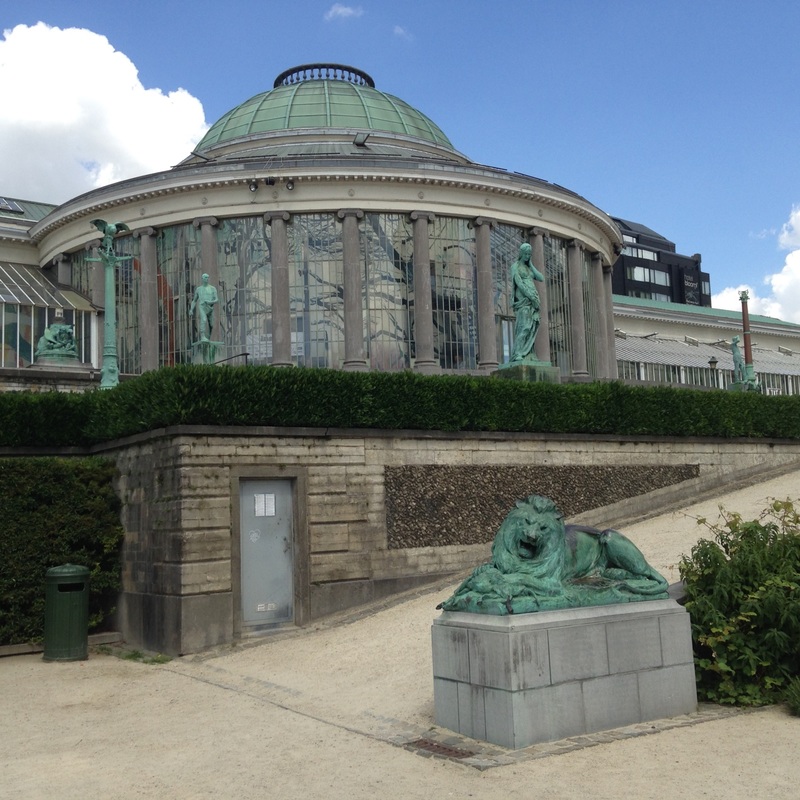
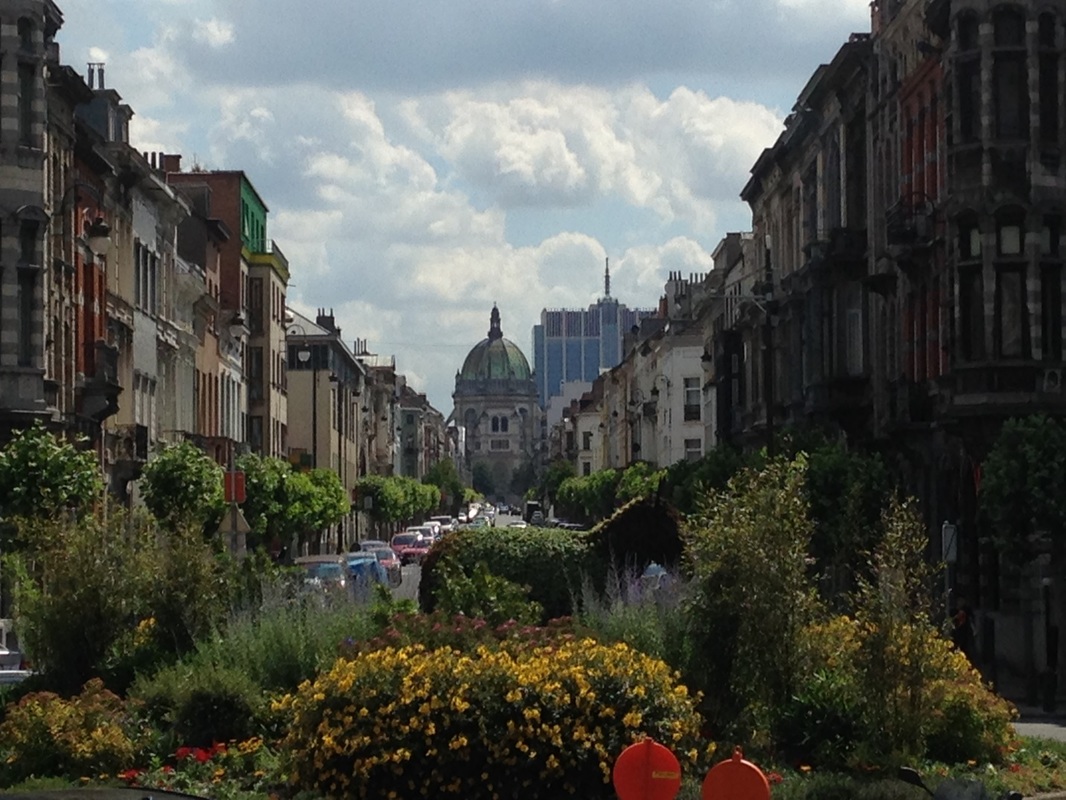
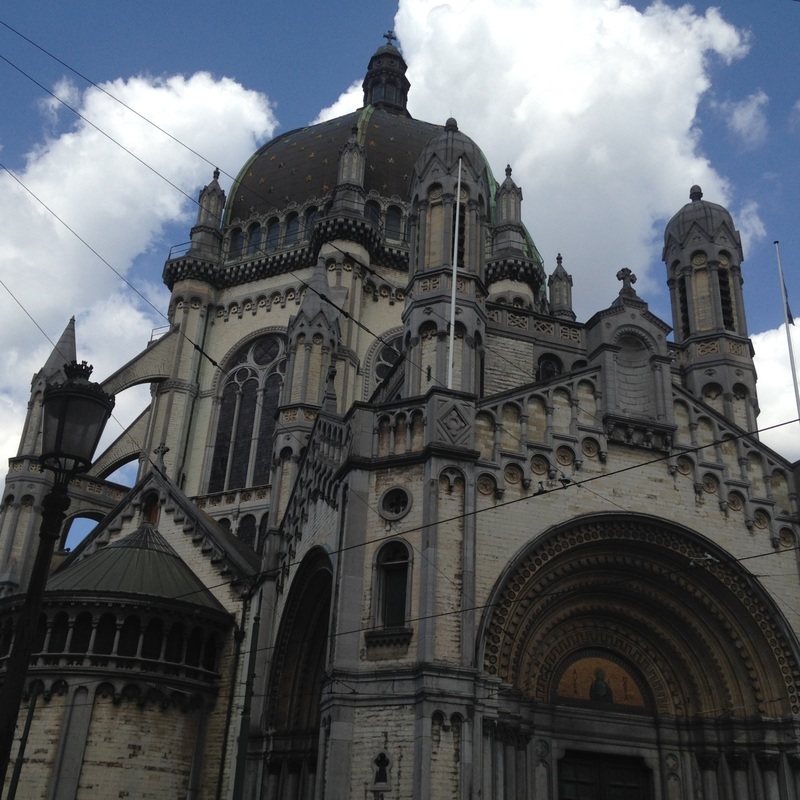
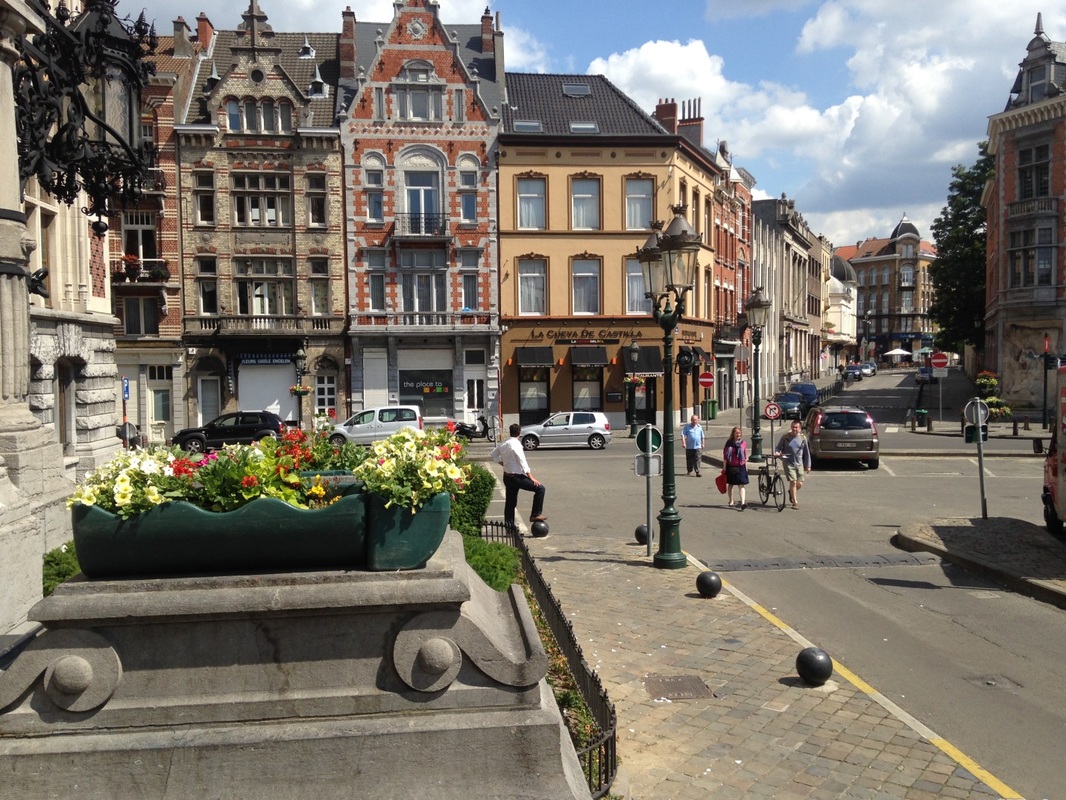
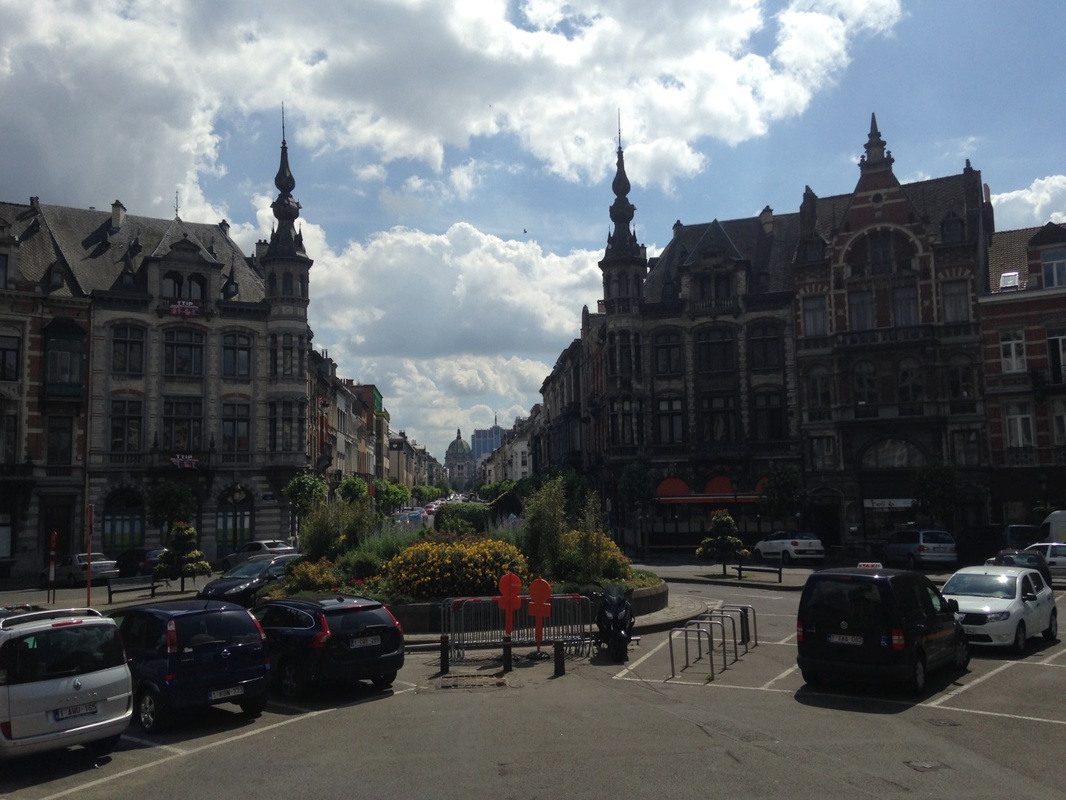
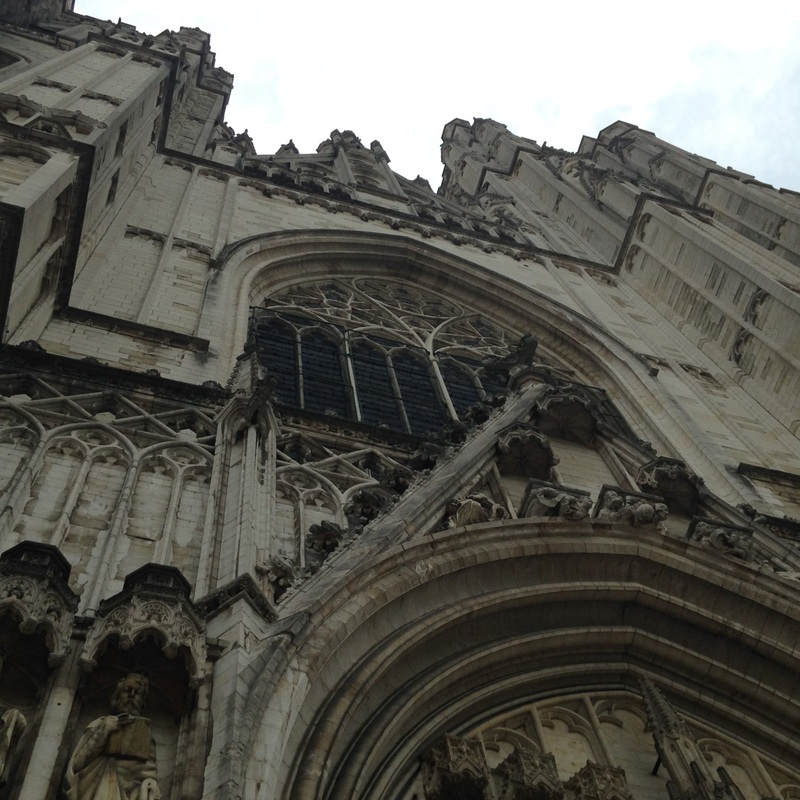
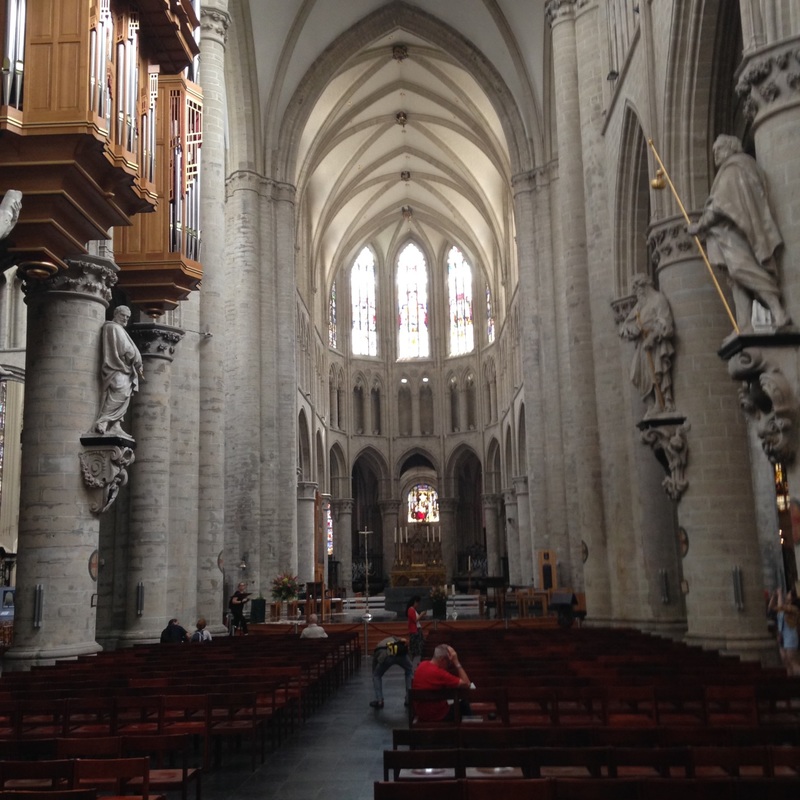
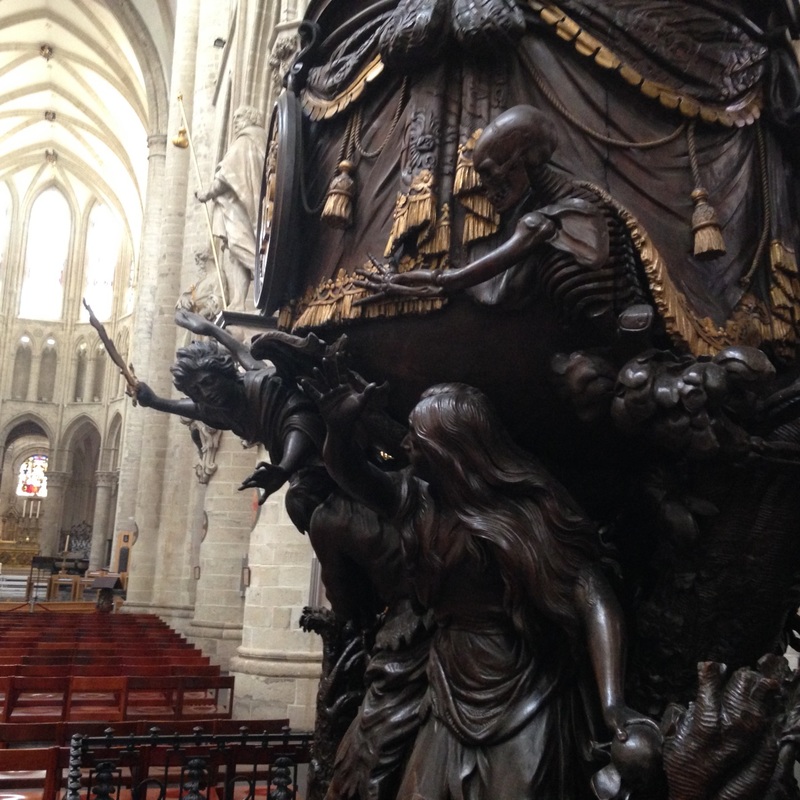
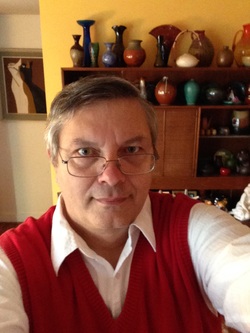
 RSS Feed
RSS Feed